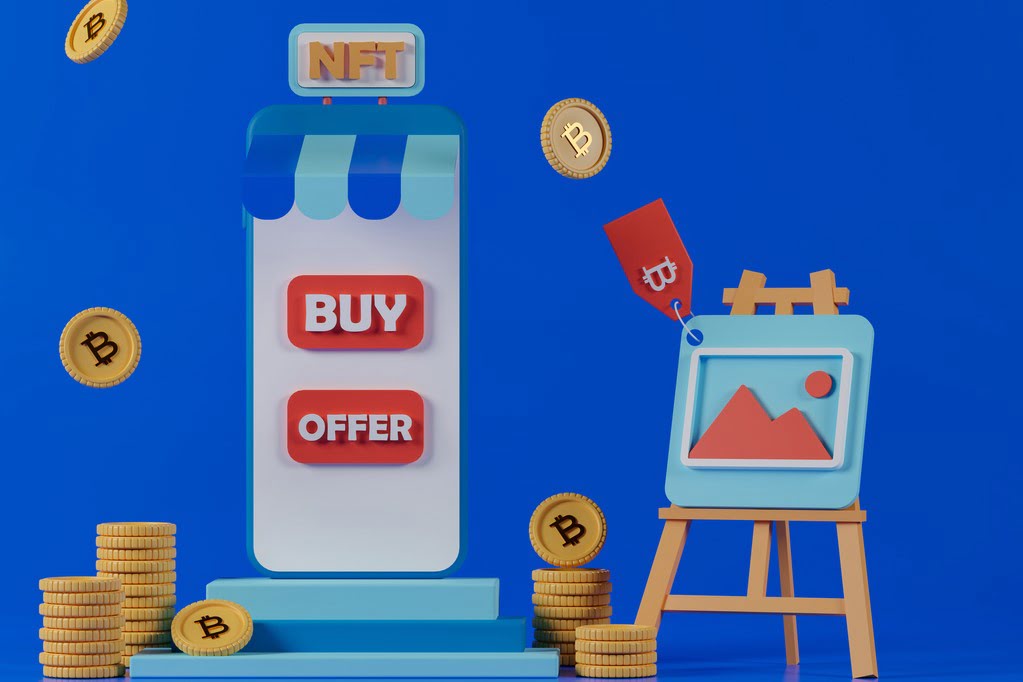Over the last few years, the non-fungible token (NFT) ecosystem has become vast and dense. Now spanning multiple blockchains and dozens of platforms and marketplaces, it can be a daunting task to navigate the ins and outs of the weird wide world of NFTs.
Collectors and creators now have a wealth of avenues through which they can trade, flip, and invest in blockchain JPEGs. Gone are the days of just a few points of sale.
To help simplify the process, we’ve compiled a list of the top NFT marketplaces based on user numbers, sales volume, and general popularity — but presented in no particular order. Just as we brought you a guide to the top NFT blockchains, we now present a roadmap through the most prominent NFT trading platforms on the web.
Supported Blockchains: Ethereum, Polygon, Klatyn, and Solana
Supported Payment Methods: ETH/WETH, SOL, USDC, DAI, APE, Credit/Debit Card via MoonPay
OpenSea is widely regarded as the largest and most comprehensive NFT marketplace in existence. Founded in 2017, the platform has grown in leaps and bounds over the years to encompass a wide variety of photography, digital art, music, and more. It also hosts an array of tools for both NFT collectors and creators.
As far as trading is concerned, OpenSea takes a 2.5 percent fee off the final price of every NFT transaction. Other fees set by NFT creators are also regularly ensured and usually range from around 2.5 – 10 percent. Although the site’s infrastructure remains a major point of contention within the NFT community, OpenSea undoubtedly remains the top NFT marketplace.
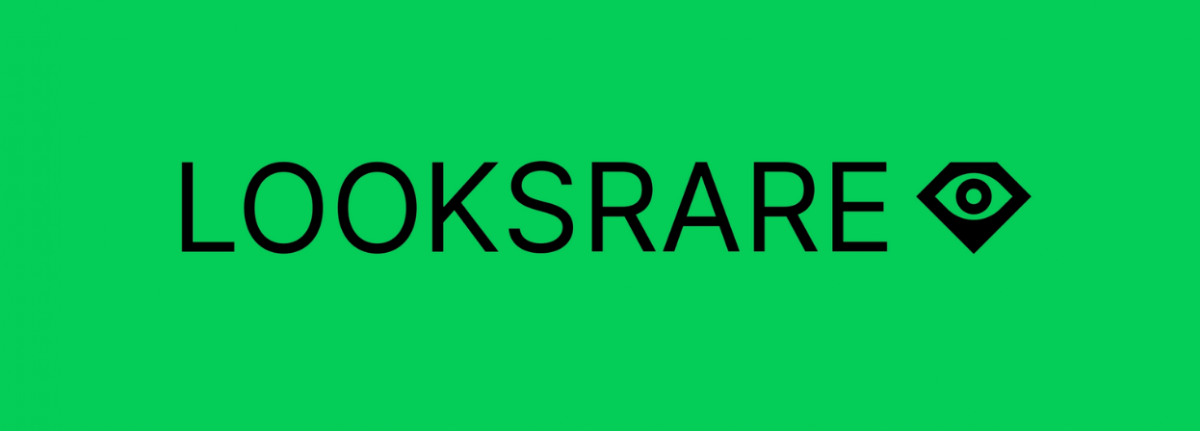
Supported Blockchains: Ethereum
Supported Payment Methods: ETH/WETH
LooksRare is a relatively new NFT marketplace launched at the start of 2022 and is said to be the most direct competitor to OpenSea. Marketed as a “community-first NFT marketplace that actively rewards traders, collectors, and creators for participating,” LooksRare quickly became a favorite within the Ethereum NFT ecosystem.
LooksRare also rolled out an airdrop of its very own native token $LOOKS to collectors who traded 3 ETH or more on Opensea between June 16, 2021, and Dec. 16, 2021, further solidifying their position as an OpenSea competitor. Similarly, the platform takes two percent off NFT trades (0.5 percent less than OpenSea) and also allows NFT creators to set their own royalty fees, which usually mirror a range comparable to OpenSea.
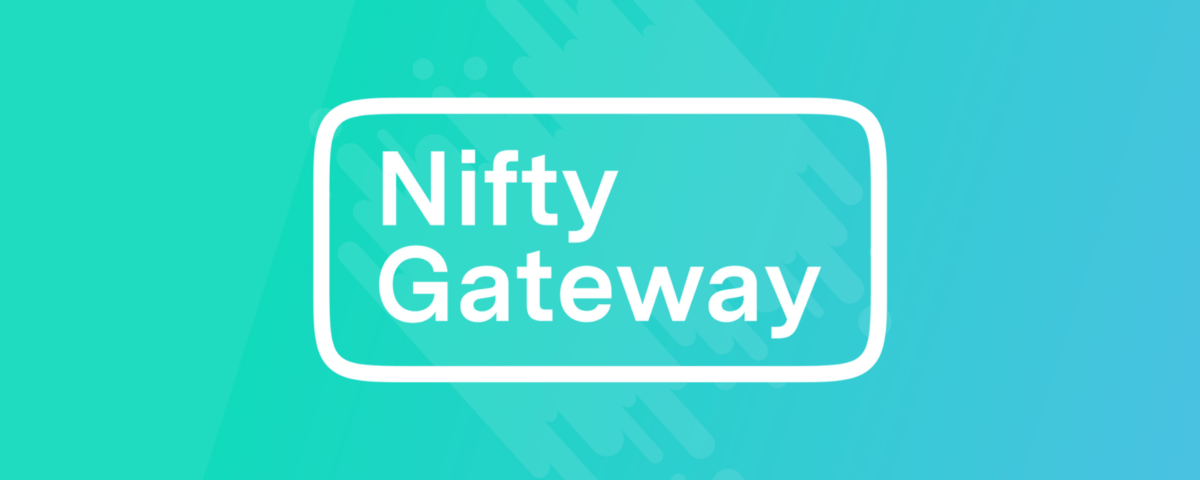
Supported Blockchains: Ethereum
Supported Payment Methods: Credit/Debit Card, Prepaid ETH, and Gemini Account
Nifty Gateway, founded in 2018 by Duncan and Griffin Cock Foster, is billed as a “digital art online auction platform” for NFTs. The platform is owned by crypto-exchange giant Gemini and is heralded by both collectors and creators as one of the most accessible of all NFT marketplaces.
Nifty Gateway hosts a vast selection of weekly curated NFT drops as well as a growing number of verified external collections (Bored Apes, Doodles, etc.). The marketplace itself is an outlier on this list because it is custodial in nature.
In short, this means that NFTs on the platform are stored in a secured Nifty Gateway Omnibus wallet rather than living in individual collectors’ wallets. While non-custodial platforms offer interoperability (i.e. you can view and trade a single NFT via OpenSea, LooksRare, Rarible, etc.) Nifty Gateway collectors must withdraw their NFTs out into an external wallet to trade on other platforms. You can read more on custodial vs noncustodial platforms here.
On top of this, Nifty Gateway has some of the highest fees of all NFT marketplaces with a five percent service fee (marketplace fee) and a 10 percent artist commission/creator fee taken off of the final sale price of NFT transactions.
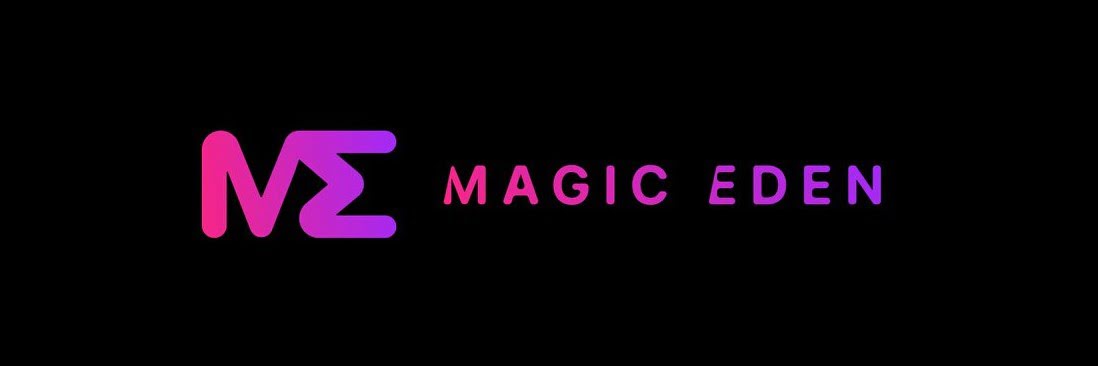
Supported Blockchains: Solana
Supported Payment Methods: SOL
Magic Eden is an NFT marketplace built on the Solana blockchain that is billed as community-centric. Founded in late 2021, the platform is somewhat similar to LooksRare in the way that it was created by members of the NFT community as a marketplace competitor and as a solution to the problems with other existing NFT marketplaces.
Magic Eden is widely heralded for its simplistic and unique tools for both collectors and creators as well as its curated list of upcoming Solana collections that allow users to find, at a glance, what NFT drops are happening on the platform in the near future. Similar to LooksRare, Magic Eden employs a two percent sales fee and allows NFT creators to set their own royalty percentages.
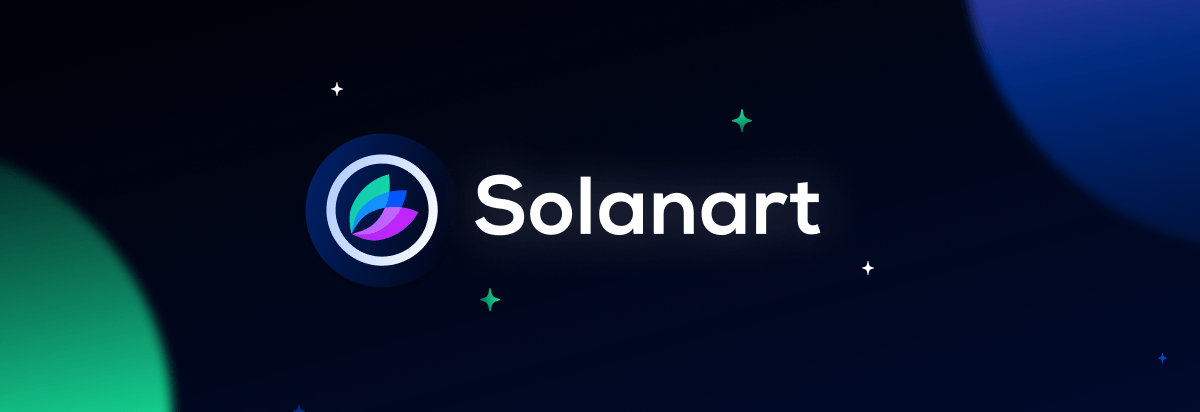
Supported Blockchains: Solana
Supported Payment Methods: SOL
Solanart is a newer Solana-based NFT marketplace that launched in 2021 and quickly gained popularity as one of the go-to platforms within the Solana NFT ecosystem. Although anyone can become a collector on Solanart, artists must apply for a creator account before being enabled to mint on the platform.
Despite its curatorial roadblocks, Solanart is home to a growing number of PFP, gaming, and metaverse-leaning NFT projects. Solanart employs a three percent sales fee and allows NFT creators to set their own royalty percentages.
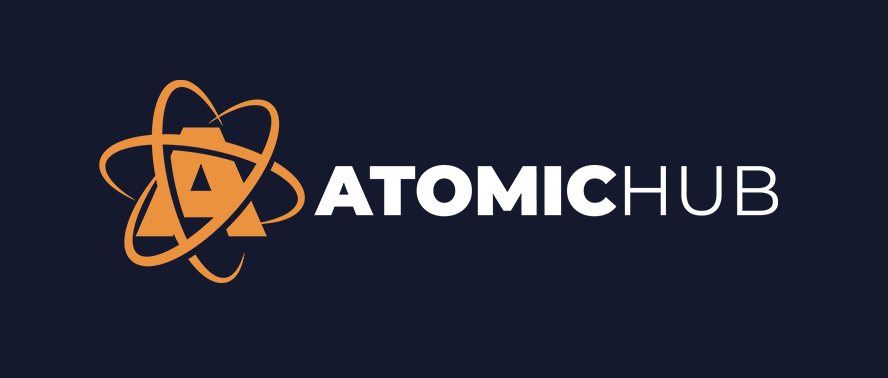
Supported Blockchains: Wax
Supported Payment Methods: WAX
AtomicHub is a one-stop solution for creating, trading, buying, and selling NFTs on the Wax blockchain. Launched in June 2020, AtomicHub is an interface for the NFT standard AtomicAssets, which was developed by blockchain tech company Pink.gg.
AtomicHub is split into an explorer that allows users to browse through all AtomicAssets NFTs, a marketplace where users can buy and sell NFTs, a trading section, and of course, an NFT creator portal that allows anyone to create their own NFTs without any required coding knowledge. AtomicHub takes two percent of the final price of every sale on the platform and fee and allows NFT creators to set their own royalty percentages.

Supported Blockchains: Ethereum, Tezos, Polygon, and Flow
Supported Payment Methods: ETH/WETH and Credit/Debit Card
Rarible is a Los Angeles-based NFT marketplace founded in November 2019. Possibly due to its longevity in the space, Rarible is seen as one of the top NFT marketplaces (especially when it comes to Ethereum-based collectibles) and houses a wide variety of different types of NFTs.
The platform is managed via the Rarible DAO and is backed by the governance token $RARI. Although the weekly $RARI distribution for trading NFTs on the Rarible marketplace was discontinued via DAO vote in January 2022, $RARI remains an interesting use case for trading rewards and one that undoubtedly inspired platforms like LooksRare to adopt similar models.
Similar to other marketplaces, Rarible employs a two percent sales fee and allows NFT creators to set their own royalty percentages. Considering Rarible is a collection aggregator, similar to OpenSea and LooksRare, many use this marketplace as a one-stop-shop for NFTs in place of OS and LR.

Supported Blockchains: Ethereum
Supported Payment Methods: ETH/WETH
SuperRare is one of the oldest and most prominent marketplaces existing within the NFT ecosystem. Launched in the Spring of 2018, the marketplace s billed as “Instagram meets Christie’s” and lives as the most popular curated NFT platform.
Due to its highly curatorial nature, SuperRare is a closed marketplace that accepts artist applications on a rolling basis. Some artists have waited months (even over a year) to be accepted by the platform, which has solidified SuperRare’s exclusivity in a somewhat similar fashion to Nifty Gateway.
One of the most unique features of SuperRare is that the platform only allows for the minting of 1/1 NFTs to be sold in an auction format. Yet, similar to Rarible, in 2021, the platform introduced a $RARE governance token that marked SuperRare’s transition to a similar DAO-led model.
There is a three percent transaction fee, paid by the buyer, for all purchases on SuperRare. Yet, the platform takes a hefty 15 percent commission off of the final sale price for all primary sales. For secondary sales, a 10 percent royalty is reserved and paid to creators.
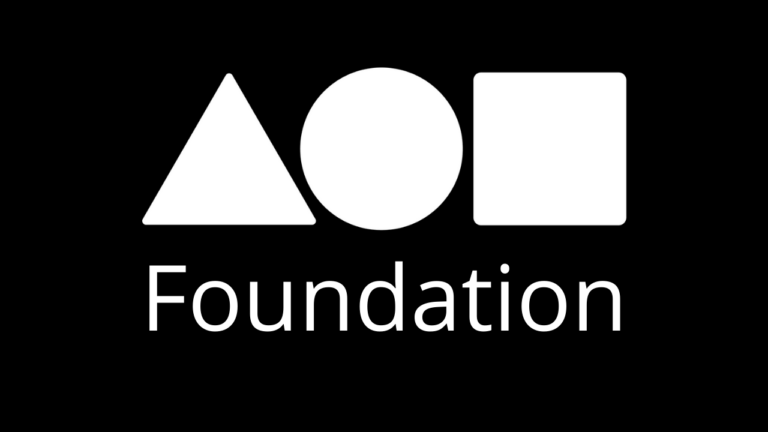
Supported Blockchains: Ethereum
Supported Payment Methods: ETH
Foundation is a marketplace that aims to aid in the building of a new creative economy through NFTs. Launched in February 2021, Foundation is invite-only for creators and, similar to SuperRare, runs on a 1/1 auction format.
While Foundation certainly embodies an air of exclusivity, its invite model has allowed a great many artists, especially those still waiting for acceptance to SuperRare, to mint and sell NFTs on a curatorial-style platform. Similar to SuperRare, Foundation only allows for the minting of images, videos, and 3D artwork, limiting the types of NFTs that can be sold on the platform.
Foundation takes five percent off of every final sale price for primary and secondary sales, which is significantly higher than most other marketplaces. For secondary sales, creators receive an automatic 10 percent royalty.

Supported Blockchains: Tezos
Supported Payment Methods: XTZ
Objkt is the largest and most popular marketplace on the Tezos blockchain. Launched in early 2021, the platform is widely heralded as being the OpenSea of Tezos NFTs, and hosts everything from JPEGs to videos and songs.
Originally, Objkt began as a platform that offered extra tools and a different UI experience from Hic et Nunc (HEN) — the previous most popular Tezos NFT marketplace. When HEN was discontinued in November 2021, Objkt quickly took over as an aggregate for Tezos NFT collections and quickly became the one-stop shop for XTZ NFTs.
Similar to OpenSea, Objkt takes a 2.5 percent fee off of the final price of every NFT transaction. The platform also honors creator royalties and allows artists to set their own fee percentages.

